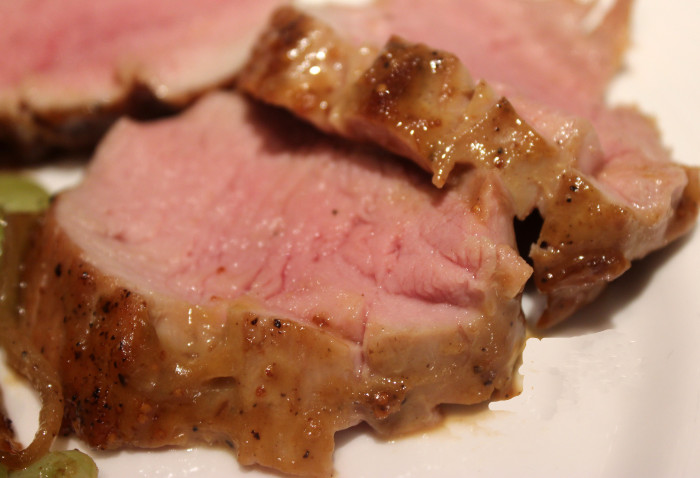Yesterday, Bloomberg Business on the web told us something we all knew in our hearts already. The American passion for beef is fading. The per capita consumption of beef is the lowest since at least 1970 — record keeping back then was less intense so we really don’t know the previous low point.
Why?
There are two reasons. The major one is cost: beef is now truly expensive. The second reason is the rise of a major alternative: we are learning more about the utility and practicality of pork.
I know, for many people pork cannot be consumed. Cultural or religious reasons forbid eating pork. That is too bad and, I think, that if Moses could come to the table, have a bite, and rethink things, well, maybe the rules would be different.
I did not mean to offend anyone, there, so I offer a mountain of apologies if I have.
Thing is, today’s pork is radically different from the pork I knew as a kid a few decades ago. [Alright, be picky, several decades ago.] That pork was stringy, fat filled, and greasy to the mouth. Thanks to genetic breeding and certainly billions in food science spending, today’s pork really is the “other white meat.”
Even a good steak requires knife along with your fork. A pork tenderloin can often be eaten by fork alone. The meat is soft but not mealy. It’s truly tender and that tenderness makes for quick cooking and an easy ability to infuse flavor into the meat — entire piece of meat and not just the very outer layer.
Suzi and I cook pork loins all the time. We buy them on sale, freeze, and defrost at will. We’ve built a very thick folder of loin recipes but this new one is an immediate favorite. If you are allowed to eat pork, but you haven’t tried, then this is a wonderful way to begin.
Fig and Mustard Pork Loin
Yield: 8 servings
Ingredients:
- 1 3-pound pork loin
- Salt and pepper
- Olive oil
- Mustard of your choice
- Fig preserves
Preparation:
Dry the pork loin and liberally salt and pepper.
Line the bottom of a skillet with olive oil and heat to sizzling. Add the pork roast and cook until well browned, turning often to avoid burning.
Meanwhile, preheat your oven to 375°F.
Remove the pork from the skillet and let it cool to the touch. It can still be warm, but not hot.
Coat the pork with mustard. Then coast on top of that with the fig preserves. Rubber gloves are an asset here.
Place the pork in a roasting pan and set in the oven. Cook for about 10 minutes. You want to get an internal temperature of 145°F. You will know, from the aroma, when you are close.
Remove the roasting pan and allow the meat to rest for 10 minutes before carving and serving.
Side dishes can be veggies or salad. White or red wine works equally well, particularly with the fig flavors which do penetrate into the pork.
Source: Suzen O’Rourke
Photo Information: Canon T2i, EFS 60mm Macro Lens, F/4.5 for1/50th second at ISO‑640

